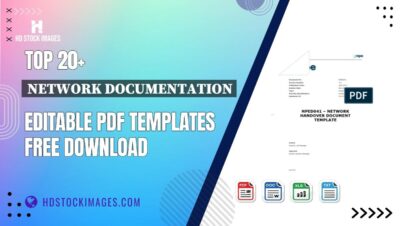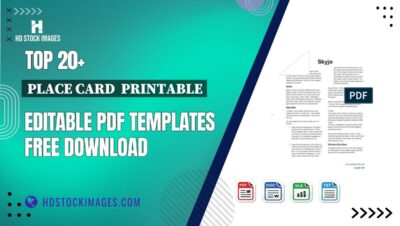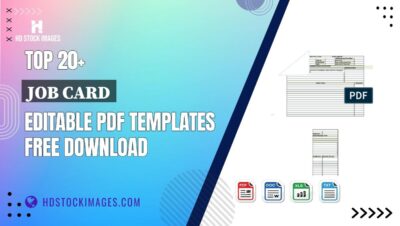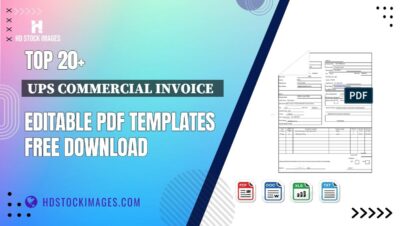Welcome to the fascinating world of stock photography! In this post, we'll dive into Alamy, one of the leading platforms for high-quality stock images. With millions of photos in its library, Alamy offers something for everyone—whether you're a designer, marketer, or content creator. Stock photography is all about providing visuals that can enhance your projects without the hassle of setting up a photoshoot. Let's explore how
What are Rights-Managed Stock Photos?

Rights-managed (RM) stock photos are a unique licensing option that grants users specific permissions for image use. Unlike royalty-free images, RM photos come with limitations based on factors like duration, geographic location, and media format. This means that when you purchase a rights-managed image from Alamy, you’re not just buying a photo; you're entering into a contract that outlines how you can use it. Here’s a closer look at the key aspects of rights-managed stock photos:
- Usage Restrictions: RM images are licensed for particular uses. For example, a photo licensed for print advertising may not be used for digital marketing.
- Pricing Variability: The cost of a rights-managed photo can vary based on its intended use. Factors like size, exclusivity, and duration of use can influence the price.
- Exclusivity Options: Alamy offers the possibility of exclusive licensing for some images, meaning you could be the sole user for a specified time frame.
- High-Quality Content: Typically, RM images are high-quality, professionally shot photos that are often used in commercial projects.
One of the great things about Alamy’s rights-managed options is that they allow for flexibility. For example, if you’re collaborating on a limited-time campaign, you can license an image that fits your specific needs. However, if you decide to use the photo in another project later, you may need to negotiate a new license.
In conclusion, rights-managed stock photos can be a powerful tool for anyone looking to enhance their visual storytelling. By understanding how Alamy operates within this space, you can make informed choices that align with your creative vision while respecting copyright laws. So, whether you’re designing a brochure or creating an online course, consider diving into Alamy’s rich collection of rights-managed images!
Also Read This: A Scampagnata Alamia e Sperandeo – A Unique Photo Series on Alamy
3. Benefits of Using Rights-Managed Images

When diving into the world of stock photography, you might wonder why rights-managed images are often recommended for specific projects. One of the key advantages is the level of control they offer over how the images are used. With rights-managed licensing, you're not just buying an image; you're also securing its usage based on your unique needs. Here are some benefits to consider:
- Exclusive Usage: Rights-managed images provide a level of exclusivity. When you purchase a rights-managed photo, you can restrict its use to a specific purpose, geographic location, and time frame. This means you can avoid the common pitfall of seeing the same image everywhere.
- Quality and Professionalism: Typically, rights-managed images come from professional photographers who ensure a high level of quality. This means you’re likely to find stunning, high-resolution images that enhance your project’s overall look and feel.
- Tailored Licensing: Rights-managed licenses can be tailored to meet your specific needs. Whether you need an image for a magazine cover, a website banner, or a billboard, you can negotiate the terms that suit your marketing strategies.
- Clear Usage Rights: The detailed licensing agreements associated with rights-managed images clarify exactly how and when you can use the images. This clarity minimizes legal concerns and gives you peace of mind.
- Potential for Higher Quality Content: Since these images are often licensed for premium prices, you're more likely to access unique and high-quality content that can set your project apart from the competition.
In summary, rights-managed images can significantly elevate your project's visual appeal while providing you with legal protection and tailored usage rights. If you’re serious about your brand's image, investing in rights-managed stock photography can be a smart move.
Also Read This: Why Can’t Anyone See My Photos on Alamy
4. Alamy's Licensing Options Explained

Alamy is renowned for its vast collection of stock images, but understanding their licensing options is crucial to making the right choice for your project. Alamy offers a variety of licenses, but let’s focus on the primary ones you’ll encounter:
| License Type | Description | Best For |
|---|---|---|
| Rights-Managed (RM) | Licenses images for specific uses, duration, and geography. | Commercial projects with unique requirements. |
| Royalty-Free (RF) | Allows for multiple uses of an image without ongoing fees. | Marketing materials and projects with broad usage. |
| Editorial Use | Images that can only be used for newsworthy content. | News articles, blogs, and educational publications. |
| Extended License | Offers additional rights for high-volume or commercial use. | Merchandise, products, and advertising campaigns. |
When choosing a license on Alamy, consider how you plan to use the image. For example, if you're creating a marketing campaign and want to use the same image across various platforms, a royalty-free license could be the most cost-effective option. On the other hand, if you're working on a high-profile project that requires exclusivity, rights-managed licensing might be worth the investment.
In essence, Alamy’s licensing options cater to different needs, ensuring that you can find the right fit for your vision. Understanding these options empowers you to make informed decisions and utilizes the stunning imagery Alamy has to offer effectively.
Also Read This: Understanding Alamy – A Comprehensive Guide to This Stock Photo Website
5. How to Choose the Right Licensing Option for Your Project
Choosing the right licensing option for your project can feel like navigating a maze, especially when it comes to rights-managed stock photos. The key is to consider a few essential factors that will help you make an informed decision. Let’s break it down!
1. Understand Your Project Needs: Before diving into licensing options, take a moment to clearly define your project. Are you creating a website, a magazine, or perhaps a marketing campaign? Understanding the context will guide your licensing choice.
2. Duration of Use: How long will you need the image? Rights-managed licenses often specify a duration for usage. If your project is ongoing or could extend over time, consider opting for a longer-term license to avoid additional costs later on.
3. Distribution: Consider where and how the image will be used. Will it appear in a print publication, online, or in advertising? Each medium may require different licensing. For example, an image used in a national ad campaign will generally cost more than one used in an internal presentation.
4. Exclusivity: Do you want to use the image exclusively? Rights-managed licenses can offer exclusivity options, meaning no one else can use the same image in a specified region or timeframe. This is particularly valuable for brands looking to maintain a unique identity.
5. Budget: Always keep your budget in mind. Rights-managed images can vary significantly in price based on factors like exclusivity and usage duration. Make sure to balance your creative vision with financial practicality.
By evaluating these factors, you’ll be better equipped to select the licensing option that aligns with your project’s needs and goals. Don’t hesitate to reach out to Alamy’s customer service for guidance; they’re there to help you find the best fit!
6. Common Questions About Alamy's Rights-Managed Stock Photos
It’s natural to have questions when it comes to rights-managed stock photos, especially if you’re new to the process. Here are some common questions you might have about Alamy’s offerings:
- What is a rights-managed license? A rights-managed license gives you specific rights to use an image in a defined manner. This means you pay based on how you plan to use the photo — from the type of publication to the duration of use.
- Can I negotiate pricing? Yes! Alamy is often open to discussions regarding pricing based on your specific needs and usage. Don’t hesitate to ask!
- How do I know if I need a rights-managed or royalty-free image? If your project requires specific, limited use of an image, a rights-managed license might be your best bet. On the other hand, if you need flexibility and broader usage rights, consider royalty-free options.
- What if I need an image for multiple uses? In this case, it’s wise to discuss your needs with Alamy. You can often negotiate a multi-use license that can save you money in the long run.
- Are there restrictions on the images? Yes, each rights-managed photo comes with its own set of restrictions. It's essential to read the licensing agreement carefully to understand what is and isn't permissible.
These FAQs should help clarify some of the most pressing concerns when selecting rights-managed stock photos from Alamy. Remember, the more informed you are, the better your choices will be!
 admin
admin








